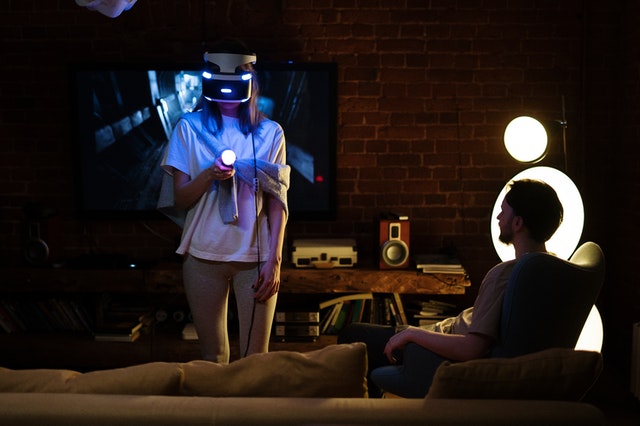
I haven’t heard in a while the term “Neuromarketing” especially since we’ve been under the threat of Covid-19 over the last three years. When combining a medical term with an economical one, brands began investing in this new realm of discovery to better understand the engagement with the user and how to strengthen it. At the same time over the span of five years another term came to prominence spiking up the editorial tech headlines around the world: disruption. This term became the focus of great topics and research driving Silicon Valley onto a journey of constant reinventing.

Worldwide Google Trend search for “Neuromarketing”
In the very same time frame we’ve seen how the trend shifts for “Neuromarketing” having been on a declining rollercoaster in a six-month cycle over the years. This marketing application takes into consideration neuroscience and psychology to analyze the user reactions and the behavior in order to improve product positioning and sales. Users mount eye-tracking devices on helmets bearing sensors so it’s possible to track where the eyes are looking and where the head moves; at the same time heartbeat and brain activities are scanned to understand how the body is reacting. Crossing all this data we learn what product items are transmitting to the user, the reaction to specific colours, shapes, shelf positioning, how easy is to spot these goods, and eventually how to improve their sale. The ultimate mind and body hacking for brands to perfection store design and product placements. Neuromarketing almost stopped becoming relevant since the pandemic lockdowns forbid the user from experiencing traditional store shopping. Online vendors from Walmart, Amazon, Netflix, Deliveroo, Uber, answered the call assisting society in making out for the lockdown restrictions.
THE METAVERSE

The Metaverse is also responsible for the slow disappearing of Neuromarketing as more VR and AR tools don’t require the user to reach a physical store, moreover, the Metaverse will likely be the disappearing of Neuromarketing or at least the removal of interests from brands by removing their interested from investing into it. While people still believe the formula Metaverse=Facebook=bad, this term already existed before Mark Zuckerberg decided to do something about the post FB era; in fact, VR and AR had already found applications within the industry from vehicle production to real estate showcase. The Metaverse is not about avatars and character customization, those are just the first step before entering into a behavioral playground for users and brands to build a whole new digital dimension of business models involving the gamification process.
MILITARY UX

War is bad, war sucks, but unfortunately, it’s here to stay. The market for weapons is growing each time a country is invaded, therefore producers are going after the latest digital miracles that can facilitate the use of missile launchers, tank interfaces, radar UI, to reach their goal, and hopefully it’s against the invader’s forces. UX will be looking after the simplification process of weapon usage with everything having a digital display: an easy use is an easy sale and an easy victory. There’s a realm of radars, control rooms, anti-aircraft, screens being used by resistance forces in Ukrain fighting against the invading Russian forces; so the case for the military forces of the west and their weapon maker is for equipment ready to be used by non-expert ground personnel having only weeks or days of training time. In the near future: a young soldier sealed inside a bunker insulated from the rest of the world while wearing VR equipment, he/she is within the digital environment of a true battlefield happening over the heads, but there aren’t people inside tanks, vehicles, aircraft. Just like a game if you’re defeated you immediately jump inside another land or air unit and continue the fight. No coins required.
IN THE END…
Why have I written about three different topics? They aren’t, they are and they have been connected for a while. Research on human brain activities have been done for decades to understand the depth of our mind, to this, the application towards a profitable result in term of economy or military was just about to be reached. Combining the study of the brain with its reaction and behavior, plunging it into a virtual reality-verse where UX and UI are the assisting technology to craft the next experience, capable to serve a militaristic purpose is the next frontier for the next 10 to 15 years of major governments.